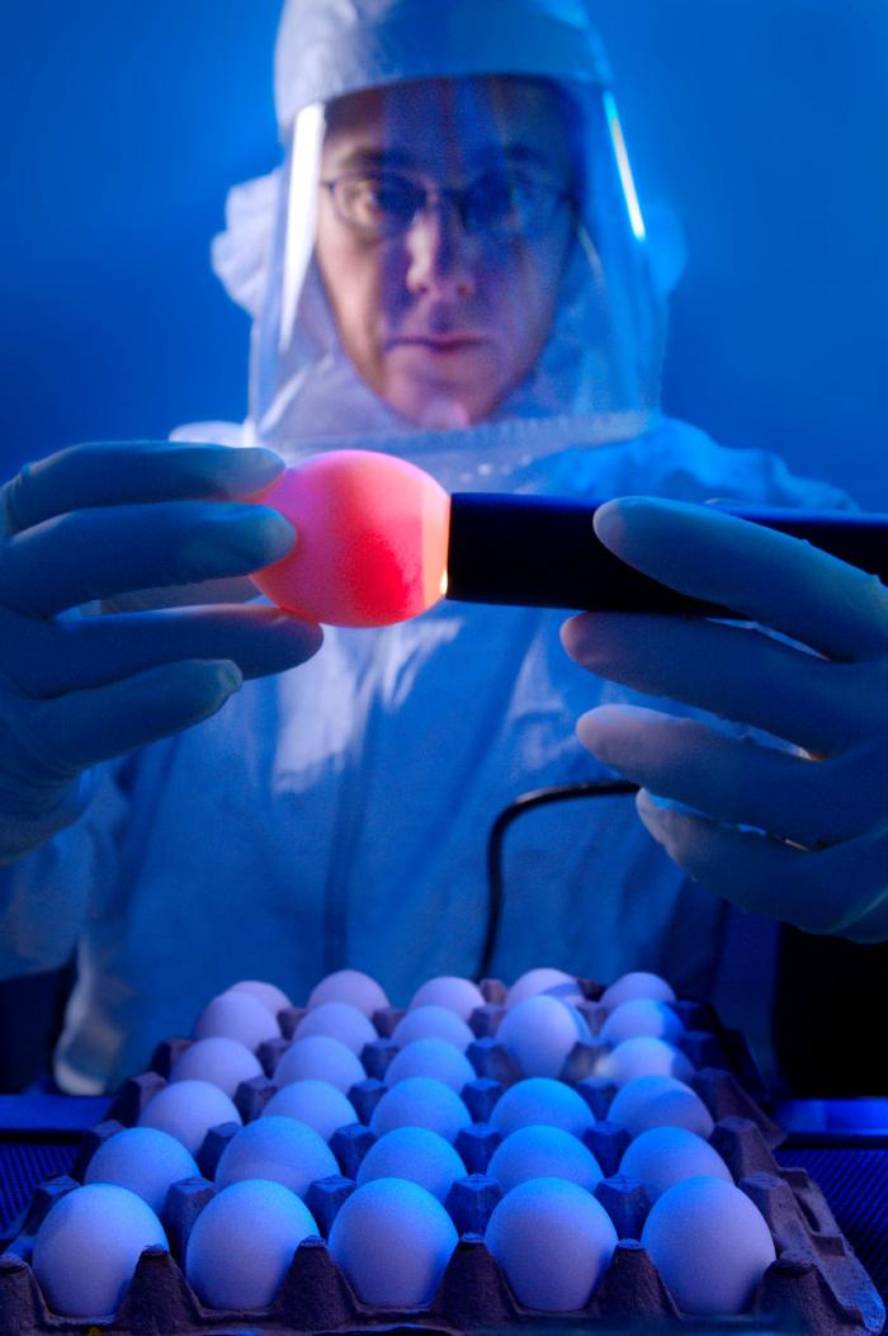Courier coded flu vaccine
Researchers from the Friedrich-Loeffler Institute in Germany and the company OgenVac have presented a new strategy for the development of the influenza virus vaccine in the journal Nature Biotechnology. The strategy uses messenger RNA to cause an immune response. Researchers have created in the laboratory the sequence of messenger RNA encoding the hemagglutinin of the virus and injecting mice and pigs. Animal cells have created by themselves the protein encoded in messenger RNA, which has activated the immune response to protein in animals. With the new strategy, researchers have stated that the level of protection animals receive is equivalent to conventional vaccines, but they have not yet tested it in humans.
The advantage of vaccines using messenger RNA is that the flu virus does not need to grow for its formation. This allows you to work faster and cheaper. Currently, for the production of the flu vaccine, viruses grow, or in eggs, or cells, from which hemagglutinins and neuraminidase proteins are extracted that are used in the vaccine. The immune response to these proteins protects us from the disease in case of infection with viruses. These productive processes are long, lasting months and, in the case of eggs, in some people there is the risk of allergic reactions.
However, the new strategy would not solve the biggest difficulty of the flu vaccine. This is because the virus is quickly mutated and, depending on the variety, expresses in the skin some proteins such as hemagglutinin and neuraminidase. As a result, the vaccine should be adapted form to form. And not only that, but as the shape progresses, regardless of the variety that has prevailed, the vaccine is prepared expressly against it, almost in the fight against the clock. The methodology presented by German researchers is based on the immune reaction through these proteins, so it has the same limit. However, effectively demonstrating in humans, a faster production time — 6-8 weeks, according to researchers — would facilitate the fight against the production clock.






